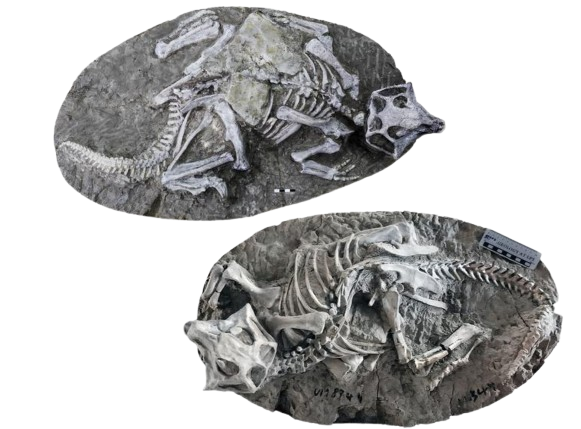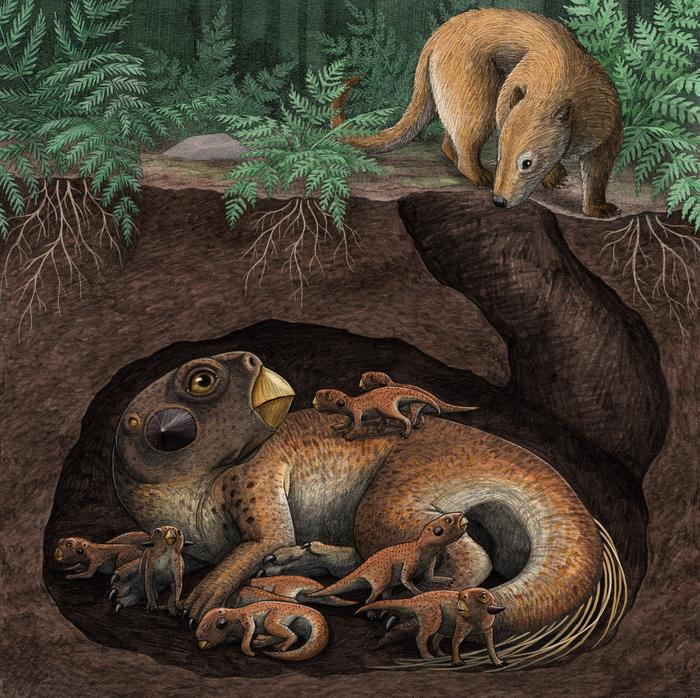The Yixian Formation in northeastern China is a regular treasure trove for paleontologists with its well-preserved fossils.
Others are reading now
The Yixian Formation in northeastern China has been a goldmine for paleontologists, boasting some of the most beautifully preserved dinosaur fossils ever discovered.
Vibrant, feathered dinosaurs and ancient mammals locked in dramatic combat have given researchers unparalleled insight into life 120 million years ago.
For years, the prevailing theory was that these fossils were preserved by a catastrophic volcanic eruption. Much like the ash that immortalized Pompeii, this eruption was believed to have blanketed the region, halting decay and protecting the fossils from scavengers.
But now, a groundbreaking study is challenging that long-held belief.
Also read
A New Perspective on Preservation
Scientists from the Columbia Climate School argue that the Yixian Formation’s pristine fossils owe their preservation to entirely different forces. Published in the journal PNAS, their research suggests that oxygen-poor conditions, rather than volcanic ash, played a key role.
Unlike the victims of Pompeii, who show signs of heat shock, many of the Yixian dinosaurs appear to have died in relaxed, almost sleeping postures.
Their feathers are intact, and their bodies show no signs of the violent heat associated with volcanic eruptions.

Analyses of zircon minerals in the sediment revealed that the fossils were deposited over an astonishing 93,000 years, ruling out a single catastrophic event.
“We can rule out volcanism on several counts,” said Paul Olsen, a co-author of the study. “Volcanic eruptions are incredibly destructive, tearing apart anything in their path. That simply doesn’t align with the pristine condition of these fossils.”
The Role of Collapsed Caves and Torrential Rains
Instead of volcanic activity, researchers point to environmental shifts and collapsed caves as the culprits. Heavy rainfall, driven by changes in Earth’s climate, likely washed sediment into the dinosaurs’ habitats. These events created oxygen-poor conditions that slowed decomposition, preserving soft tissues and feathers.
An illustration of a Psittacosaurus dinosaur, discovered in this formation, depicts it nestled with its young in a den, hunted by a prehistoric mammal. These scenes offer a vivid glimpse into the lives—and deaths—of these ancient creatures.

A Legacy of Feathered Dinosaurs
The Yixian Formation is famous not only for its preservation but also for its role in one of paleontology’s greatest discoveries: the link between dinosaurs and birds. Fossils like Sinosauropteryx and Archaeopteryx provided the first strong evidence that modern birds descended from feathered dinosaurs.
The Yixian Formation continues to captivate scientists, revealing that even the best-preserved fossils can still hold surprises about Earth’s distant past.








